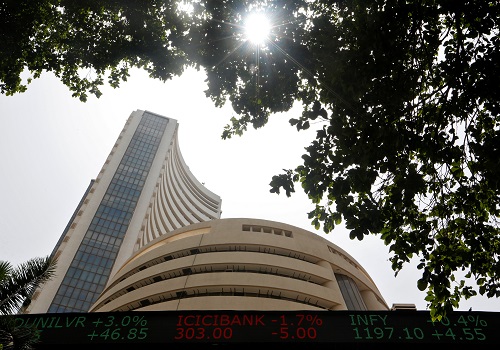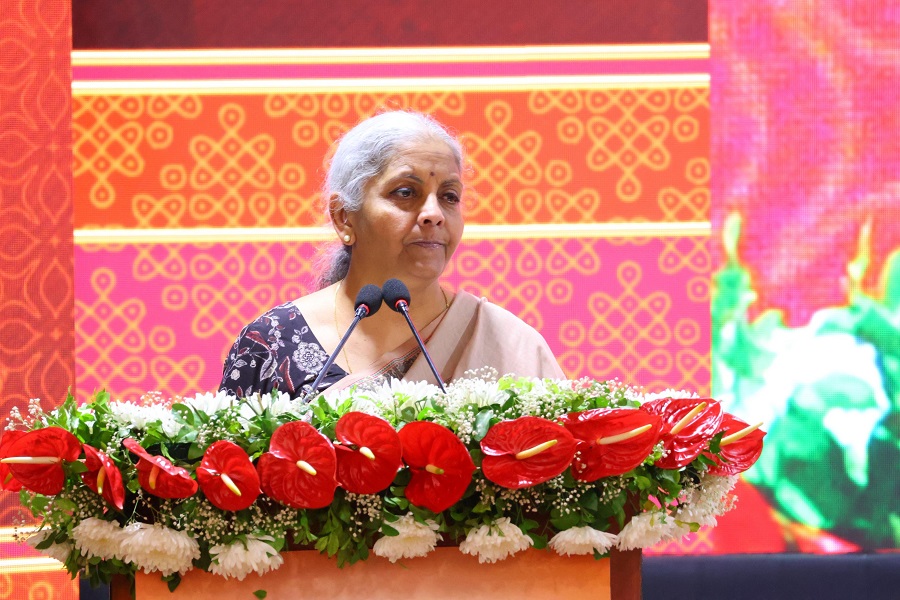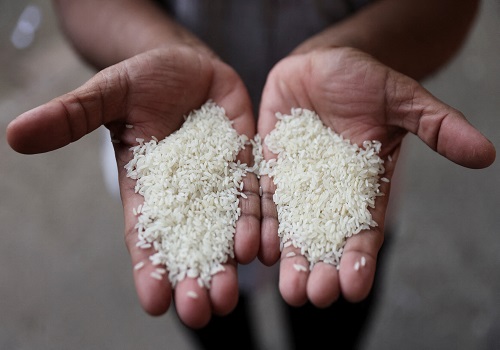Sizzling Concerns: Heatwave Threatens Cardamom Harvest, Export Surge on the Horizon by Amit Gupta, Kedia Advisory
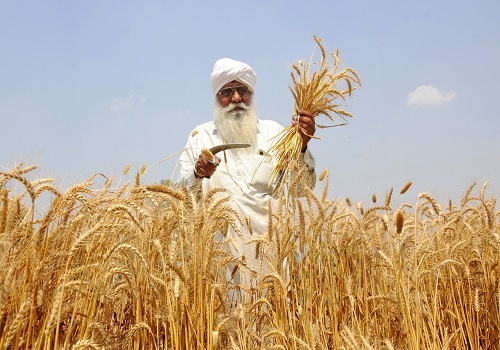
As soaring temperatures and deficient rain loom over cardamom fields in Vandanmedu, worries mount among growers about potential crop damage and lower yields. Despite market stability and high demand driven by festive seasons, challenges including a collapse in prices and export delays persist, while the possibility of Indian cardamom production surpassing Guatemala's offers a glimmer of hope for the industry.
Highlights
Hot weather and deficient rain are concerning cardamom growers, potentially impacting production in the upcoming season.
In Vandanmedu, the main cardamom production center, temperatures have risen to 34 degrees Celsius from the usual 30 degrees Celsius in March, risking crop damage if the situation persists.
March is expected to bring significant showers to the growing regions, but there has been little rain so far, raising worries about the survival of cardamom plants and their yield in the next crop
Water scarcity due to the lack of rain is also a concern, as cardamom plantations require irrigation for plant survival.
Despite this, the market is stable, with an average price of Rs 1,500, driven by good upcountry demand during the Holi season and boosted by Ramzan sales and adverse climatic conditions.
However, cardamom prices have collapsed due to high arrivals since December, worsened by the Spices Board's directive on full bank guarantee for auction pooled quantities.
Export-wise, Guatemala has seen a sharp fall in crop production this year, potentially leading to Indian cardamom production surpassing Guatemala's for the first time since 1982-83.
Indian cardamom prices are nearly on par with Guatemala's, which could stimulate export demand, although shipping delays due to the Red Sea crisis are currently hindering exports.
The continuation of El Nino and blistering heat could further increase prices if cardamom growing areas do not receive rains in March, leading to a fall in output next season.
If rains are delayed until April 10 to 20, prices could rise further due to reduced output.
Conclusion
The current scenario underscores the precarious balance between climate conditions and agricultural output, with cardamom growers facing significant challenges in maintaining production levels amidst adverse weather patterns. However, the potential for Indian cardamom to outshine global competitors presents an opportunity for market growth and resilience. Moving forward, collaborative efforts between stakeholders, including growers, traders, and policymakers, will be crucial in navigating the complexities of climate change and ensuring the sustainability of the cardamom industry.
Above views are of the author and not of the website kindly read disclaimer

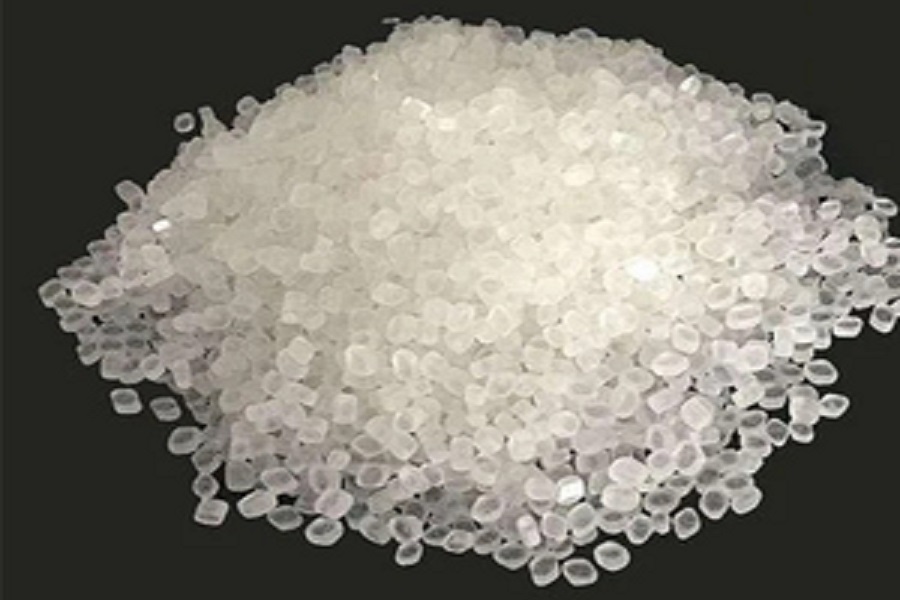




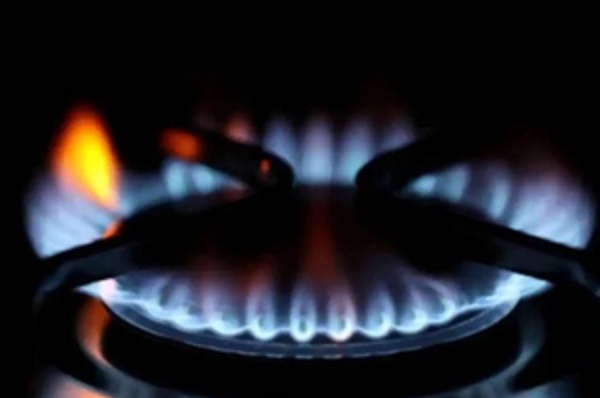

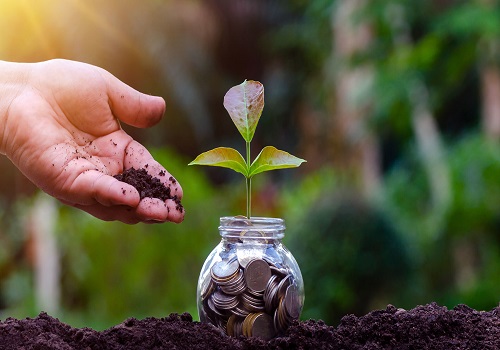

Tag News

Quote on Budget 2026-27 Expectations from Mr. Sanjay Kumar, CEO & MD, Rassense Pvt Ltd - Ind...






